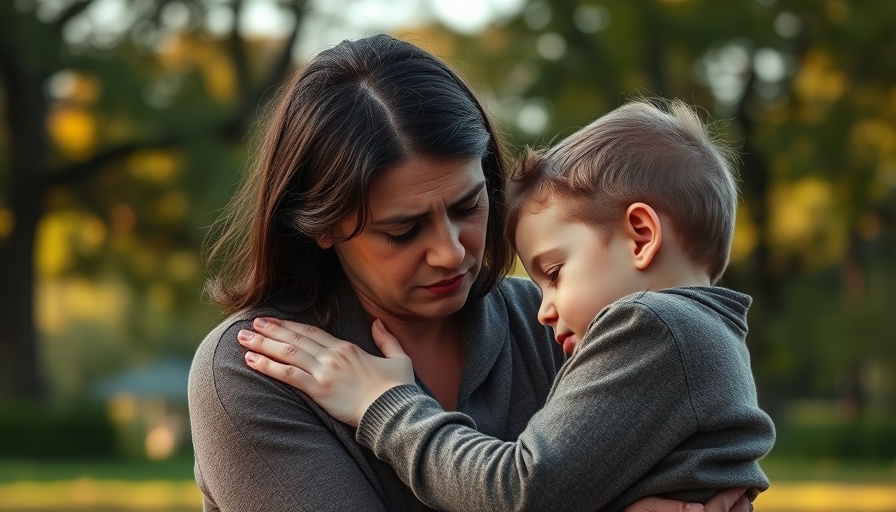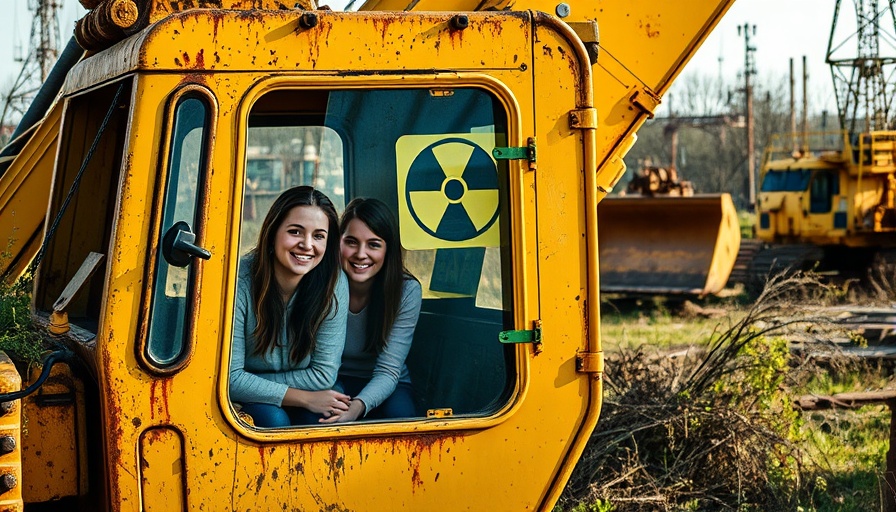
Understanding the Silent Crisis in Nursing Homes
Abuse against elderly residents in nursing homes is a pressing issue that families often overlook, raising the question: how can we recognize early signs of such mistreatment? The World Health Organization reports that abuse affects one in six adults over 60, with two-thirds of nursing-home staff admitting to abusive behaviors. This marks a silent epidemic, hidden behind the closed doors of care facilities.
The Underreported Reality of Nursing-Home Abuse
In the United States, the underreporting of nursing-home incidents exacerbates the crisis. A recent study published in the Journal of the American Medical Association (JAMA) highlighted a shocking number of major-injury falls among nursing-home residents—over 98,000—yet only 60% were reported. Additionally, 39,894 cases of severe pressure ulcers went largely unnoticed, revealing a systemic issue within these facilities where caregivers and families often act as the first line of defense.
Key Medical Signs of Neglect to Watch For
While emotional or financial abuse may leave little evidence, physical signs often emerge more readily. Some key indicators that nursing-home residents might be experiencing neglect include:
- Unexplained Bruises: Bruises in various stages of healing can indicate repeated trauma over time, indicating potential abuse.
- Pressure Injuries: Early-stage pressure sores can evolve rapidly into severe wounds if not treated promptly. Noticing red, warm areas on the skin can be critical.
- Weight Loss and Dehydration: A sudden drop in weight or signs of dehydration could imply a lack of proper care or missed meals.
- Infections: Recurrent urinary and respiratory infections often point to poor hygiene and inadequate care practices.
- Oversedation: Residents appearing excessively drowsy or disoriented may be overmedicated, raising questions about the use of chemical restraints.
The Role of Medical Professionals and Families
Healthcare professionals and vigilant family members play a crucial role in identifying signs of abuse. A 2025 report from the Nursing Home Abuse Center indicated that over 80% of nursing staff has witnessed emotional abuse toward elders. While protective mechanisms like state Ombudsman programs exist, they often see flat funding and overwhelming caseloads that stymie their efforts. Families must be proactive; knowing what to report and whom to contact can create additional layers of accountability.
The Consequences of Underreporting
Understaffing and fear of retaliation among nursing-home staff lead to many injuries going unreported. The Medicare star-rating system's reliance on self-reported metrics provides nursing homes with little incentive to acknowledge failures in care. Furthermore, the delicate balance of reputational and financial considerations discourages transparency. For families, the burden of ensuring their loved ones' well-being often falls more heavily as they navigate these complex systems.
What Can You Do? Practical Steps to Take
If you notice any warning signs of neglect, there are several steps you can take to protect your loved ones:
- Regular Visits: Frequent visits can help you observe any physical changes or signs of neglect.
- Communication with Staff: Building relationships with nursing home staff can create a more open dialogue about your loved one's care.
- Documentation: Keeping detailed records of any concerns, including dates and descriptions of incidents, can help in building a case if necessary.
Addressing nursing home abuse is essential, not just for the affected individuals, but for the integrity of the caregiving system as a whole. Awareness and advocacy can spur meaningful change in an industry that often remains hidden from the public eye.
 Add Row
Add Row  Add
Add 




Write A Comment